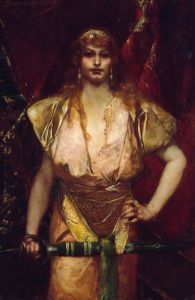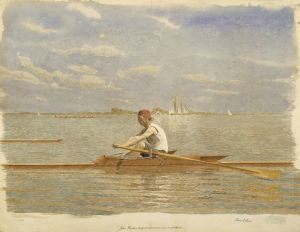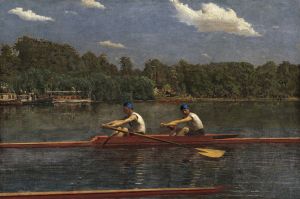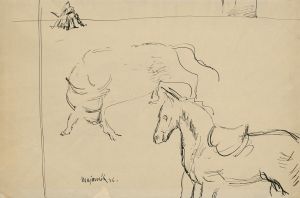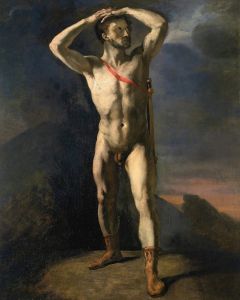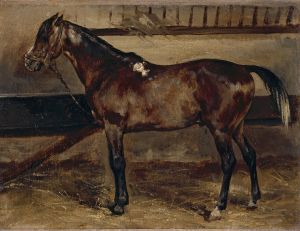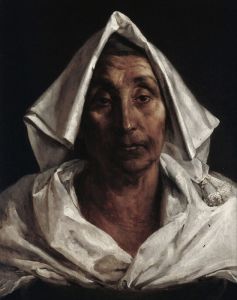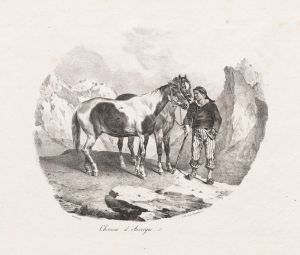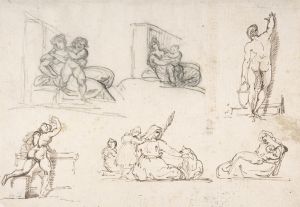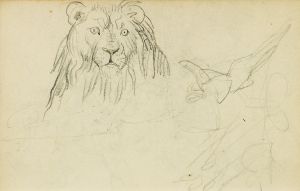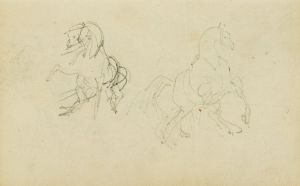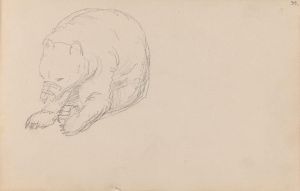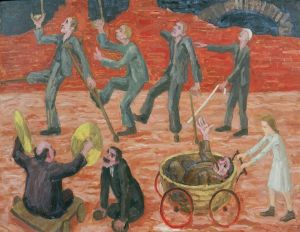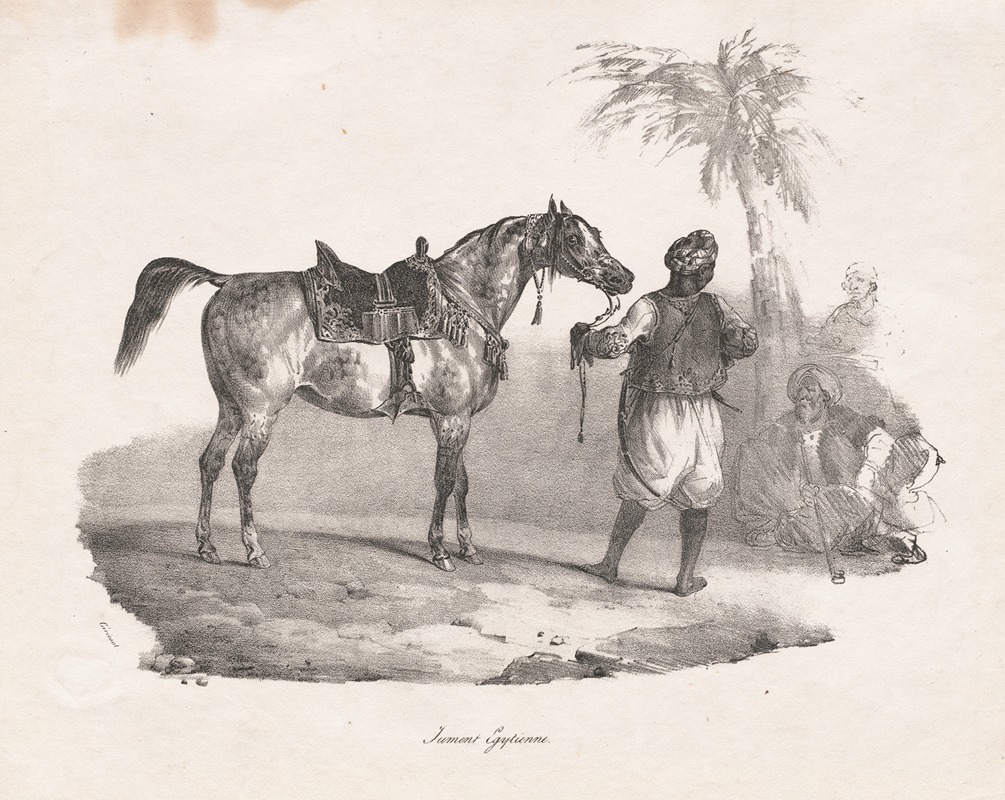
Egyptian Mare
A hand-painted replica of Théodore Géricault’s masterpiece Egyptian Mare, meticulously crafted by professional artists to capture the true essence of the original. Each piece is created with museum-quality canvas and rare mineral pigments, carefully painted by experienced artists with delicate brushstrokes and rich, layered colors to perfectly recreate the texture of the original artwork. Unlike machine-printed reproductions, this hand-painted version brings the painting to life, infused with the artist’s emotions and skill in every stroke. Whether for personal collection or home decoration, it instantly elevates the artistic atmosphere of any space.
Théodore Géricault, a prominent French painter and lithographer, is best known for his influential works during the Romantic period. Among his notable paintings is "Egyptian Mare," a piece that reflects his fascination with horses, a recurring subject in his oeuvre. Géricault's interest in equine subjects is evident in several of his works, where he captures the dynamic and powerful nature of horses with remarkable skill and detail.
"Egyptian Mare" is a testament to Géricault's ability to portray the grace and strength of horses. Although specific details about the painting's creation and its current location are not widely documented, the work is often associated with Géricault's broader exploration of equine themes. His paintings frequently depict horses in various states of motion and rest, showcasing his keen observation and understanding of their anatomy and spirit.
Géricault's fascination with horses can be traced back to his early life and experiences. Born in Rouen, France, in 1791, he developed an interest in art and horses at a young age. His early training included studying under Carle Vernet, a painter known for his equestrian scenes, which likely influenced Géricault's own artistic direction. Throughout his career, Géricault's works often reflected his interest in contemporary events and human emotions, with horses serving as a powerful symbol in many of his compositions.
The Romantic period, during which Géricault created much of his work, was characterized by an emphasis on emotion, individualism, and the sublime. Artists of this era often sought to capture the beauty and terror of nature, and Géricault was no exception. His equine paintings, including "Egyptian Mare," embody the Romantic fascination with the natural world and the raw power of animals.
Géricault's most famous work, "The Raft of the Medusa," demonstrates his ability to convey intense emotion and drama, qualities that are also evident in his equine paintings. While "Egyptian Mare" may not be as widely recognized as some of his other works, it remains an important part of his artistic legacy, illustrating his skill in capturing the essence of his subjects.
In addition to his paintings, Géricault also produced a series of lithographs and drawings featuring horses, further cementing his reputation as a master of equine art. His works have influenced subsequent generations of artists, and his depictions of horses continue to be celebrated for their vitality and precision.
Overall, "Egyptian Mare" is a reflection of Théodore Géricault's enduring passion for horses and his exceptional ability to portray them with both accuracy and artistic flair. While specific details about this particular painting may be limited, it remains a significant example of Géricault's contribution to the Romantic movement and his lasting impact on the art world.





